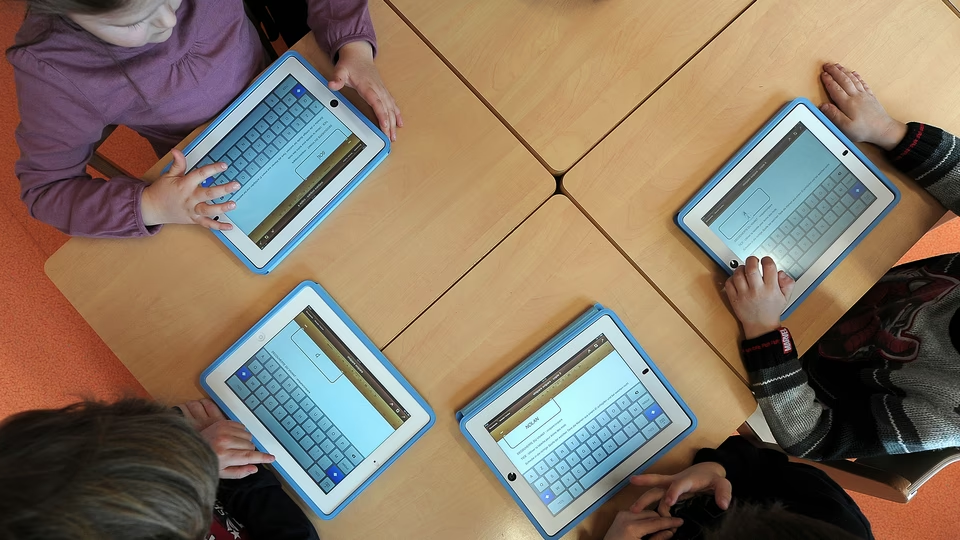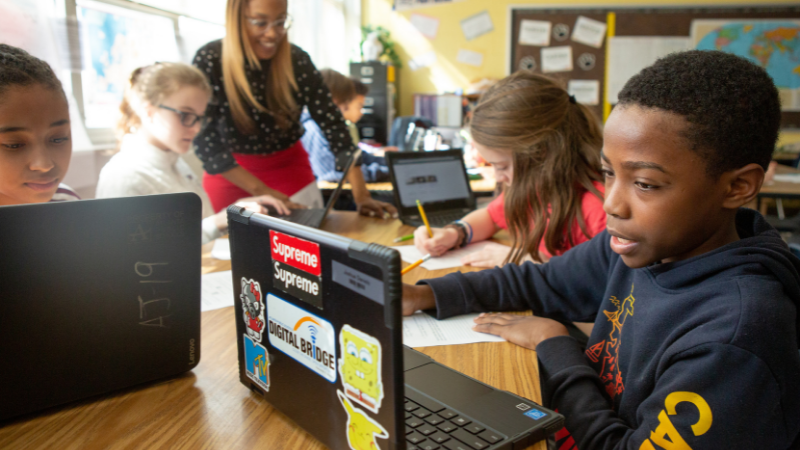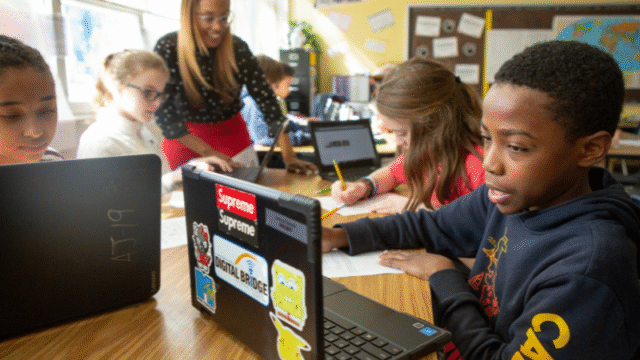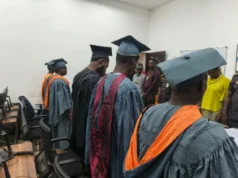In classrooms across Nigeria and beyond, the question often surfaces: Are screens helping or hurting pupils in the K-8 bracket? As primary schools and junior secondary levels increasingly adopt digital devices, tablets, laptops and interactive whiteboards, it’s only natural to ask what effect all this “screen time” is really having on children aged roughly 5-14 years.
Recent research and commentary suggest that the answer is not straightforward. Screens can offer powerful learning tools — but they can also distract, disengage or even impair deep learning when used poorly. In the Nigerian context, where infrastructure, teacher training and home access may vary widely, this question takes on extra urgency.
Table of Contents

The upside — when screens work for K-8 learning
Let’s begin with the good news. When used with purpose and intention, screens and digital tools offer distinct advantages for younger learners:
- Individualised pacing and feedback: Digital programmes can adapt to a child’s level, allowing children to move at their own speed, attempt tasks multiple times, and receive immediate responses. This supports learners who might otherwise fall behind.
- Engagement and motivation: For many pupils, using a tablet, interactive game or educational video may feel more engaging than a worksheet. That engagement can translate into better attention and willingness to persist.
- Access to rich multimedia and global content: Screens enable access to videos, interactive animations, simulations and worldwide information that print alone can’t provide. For K-8 learners, this means broader exposure and richer stimulus.
- Supplement and extension: In many schools, digital tools supplement teaching rather than replace it. For example, a teacher still leads the lesson, but screens are used for reinforcement, revision or extension tasks. This helps harness the strength of technology while retaining the teacher-student interaction.
In the Nigerian scenario, this means that if schools have access to reliable power, internet or offline educational apps, and teachers who are comfortable with technology, then screens can be a powerful ally.

The downside — when screens hinder K-8 learning
However, the story isn’t all positive. Several risks and pitfalls emerge when screens become overused, misdirected or simply badly integrated into learning:
- Distraction and reduced cognitive capacity: Studies show that when screens are merely present (even if not actively used for learning), learners’ ability to concentrate and retain information drops. In a class where one device is open but unused, the mere presence can reduce outcomes.
- Poor-quality apps and tools: Many educational apps lack strong research backing — for K-8 learners in particular, time spent on an app does not guarantee learning gains. In contexts where teachers may not vet apps carefully, children might be spending time on flashy but shallow tools.
- Over-reliance on screens reduces student interaction: Young learners especially benefit from hands-on, social, peer and teacher-led interactions. If screens supplant rather than supplement, learning may suffer.
- Equity and access gaps: In many parts of Nigeria, not all pupils have equal access to devices, stable internet or quiet study spaces. If screens are introduced without addressing these infrastructure issues, some children will be left behind.
- Misalignment of screen use and pedagogical goals: A recurring theme in research is that one must ask: “Is this device absolutely the best tool for this task?” If not, then perhaps analogue methods may serve better.
So in the K-8 context, screens may actually hurt when they replace the basics of teaching, when teachers are not properly supported, or when distractions outweigh the benefits.
Finding the right balance in the Nigerian classroom
For Nigerian schools, educators and parents, the challenge is to strike the right balance. Here are practical considerations and suggestions:
- Define the purpose before the device: Ask whether the screen is necessary. Could the same learning goal be achieved better with a hands-on activity, discussion or print material? If the answer is yes, then use the screen; if not, opt for analogue. This mindset appears in recent research.
- Prioritise interactive, high-quality apps and tools: Choose digital tools that offer feedback, scaffold learners, allow reflection and revision — not just passive consumption. Poor tools may waste time.
- Maintain rich human interaction: Even with screens, children still need teacher-led discussion, peer interaction, hands-on manipulatives and face-to-face feedback. Especially for younger learners, these human-to-human moments matter.
- Limit idle screen-presence: Simply having devices open in class or at home without a clear purpose can reduce focus and retention. Schools may occasionally schedule “screen-free” lessons or periods to refresh attention and calibrate balance.
- Consider infrastructure and equity: Before rolling out large-scale screen programmes, schools must ensure devices, connectivity, teacher training and home support are in place — else the digital divide widens.
- Teach self-regulation to learners: Even K-8 pupils benefit from learning how to manage their own screen-time, focus, distractions and tech habits. This builds good digital habits for the future.
- Continuous reflection and assessment: Teachers should monitor the effect of screen use on learning outcomes rather than assume ‘more tech = better’. Adjust when needed.

Conclusion
In truth, screens are neither inherently good nor inherently bad for K-8 learning. For schools in Nigeria and elsewhere, they can bring exciting opportunities — new methods, fresh engagement, broader reach. But they can also introduce risks: distraction, inequality, shallow learning. The key lies in intentional design, quality of implementation, and ongoing reflection. When screens are used thoughtfully, aligned with pedagogical goals, supported by teachers and infrastructure, they can enhance K-8 education. When they are used by default, without careful planning or human-centred teaching, they may do more harm than good.
In the evolving landscape of 21st-century learning — one that the young learners of today in Nigeria will inhabit — it is not simply a case of “screens or no screens”, but rather “screens done well or screens done poorly”. By focusing on quality, purpose and balance, educators and parents can ensure that the screens in use genuinely help rather than hurt the learning journey of K-8 pupils.
Join Our Social Media Channels:
WhatsApp: NaijaEyes
Facebook: NaijaEyes
Twitter: NaijaEyes
Instagram: NaijaEyes
TikTok: NaijaEyes
READ THE LATEST EDUCATION NEWS





